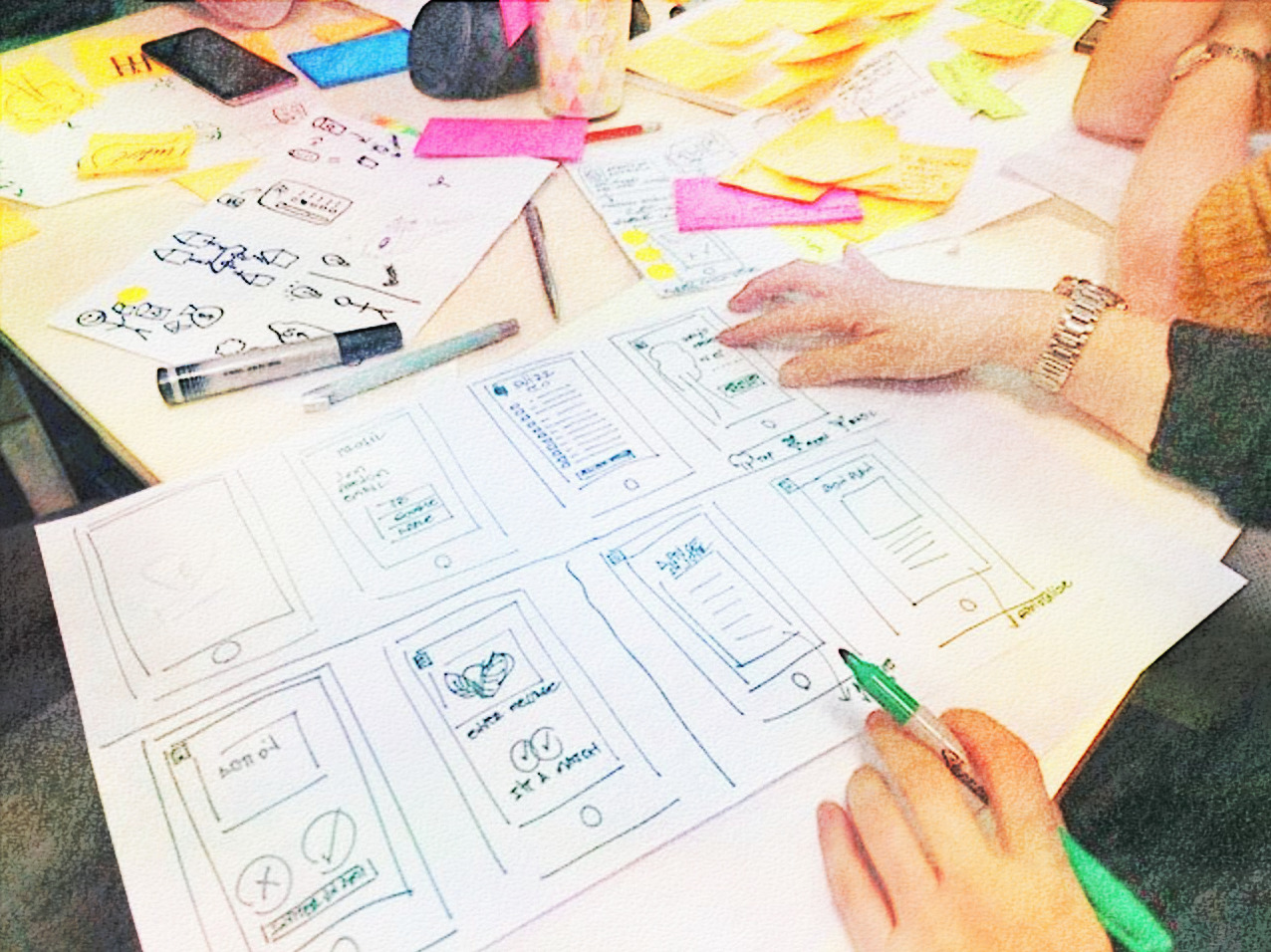
Crafting Compelling Visuals for Effective Popup Design
Popups are powerful tools in the marketer's arsenal, and the visuals you choose can make or break their effectiveness. In this exploration of effective popup design and optimization, we delve into the nuances of crafting compelling visuals and graphics to maximize user engagement and conversion rates.
The Power of Visual Appeal
Understanding the User's Perspective
Before delving into design principles, it's crucial to understand the user's perspective. Visuals in popups should be attention-grabbing yet not overwhelming. Users should be drawn to the popup without feeling bombarded.
Consistency with Branding
Crafting visuals that align with your brand is essential. Consistency in colors, fonts, and imagery creates a seamless user experience. This reinforces brand identity and builds trust with your audience.
Design Principles for Effective Popups
Clarity and Simplicity
Clarity should be at the forefront of your design goals. A cluttered or confusing popup can lead to quick exits. Opt for a simple layout with a clear hierarchy of information, ensuring that users can easily understand the message.
Color Psychology
Colors evoke emotions and influence user behavior. Understand the psychology behind colors and use them strategically in your popups. For instance, warm tones can convey urgency or excitement, while cooler tones may create a sense of calm.
Engaging Imagery
Graphics play a pivotal role in capturing attention. Use high-quality, relevant images that resonate with your audience. Whether it's showcasing a product, illustrating a concept, or using relatable visuals, ensure they align with your message.
Consistent Brand Imagery
Consistency extends beyond just branding elements. Maintain a consistent style in your imagery. This not only reinforces your brand but also aids in creating a cohesive and aesthetically pleasing design.
Balancing Act: Tradeoffs in Popup Design
Animation and Motion
While animation can enhance user engagement, it's crucial to strike a balance. Subtle animations can draw attention without being intrusive, while excessive motion may lead to distraction and irritation.
Customization vs. Loading Speed
Popup customization is essential, but it comes with the tradeoff of potential delays in loading times. Optimize graphics for web use to ensure fast-loading popups, preventing users from bouncing due to slow performance.
Challenges in Popup Design and Optimization
Responsive Design Challenges
Crafting visuals for popups requires consideration for various screen sizes. Implement responsive design principles to ensure your visuals adapt seamlessly to different devices.
Cross-Browser Compatibility
Different browsers may interpret visuals differently. Testing your popups across major browsers is crucial to ensure a consistent and visually appealing experience for all users.
The Impact of Popup Timing on Visual Design
Contextual Relevance
Consider the timing of your popups concerning user actions. Tailor visuals to align with the user's journey on your website. For example, an exit-intent popup might use visuals that reiterate the value of an offer before a user leaves.
A/B Testing Visual Variations
A/B testing is a powerful tool for refining your popup visuals. Experiment with different color schemes, imagery, and layouts to identify what resonates most with your audience.
Conclusion: Crafting a Visual Experience for Success
Effective popup design and optimization require a strategic blend of visual appeal, brand consistency, and user-centric principles. By understanding the nuances of crafting compelling visuals, marketers can create popups that not only capture attention but also drive meaningful user engagement and conversions.
Remember, the journey doesn't end with the initial design. Regularly analyze performance metrics, gather user feedback, and iterate on your designs to ensure a continuous enhancement of your popup strategy.